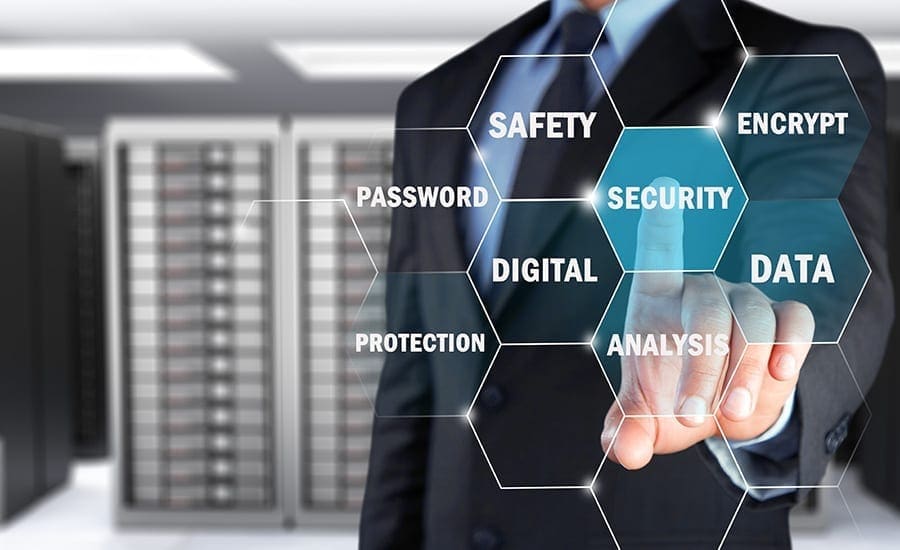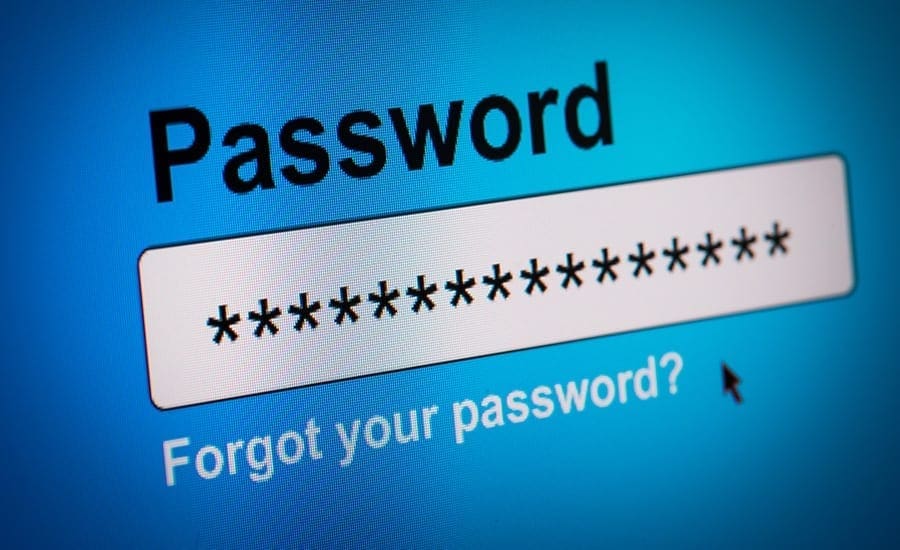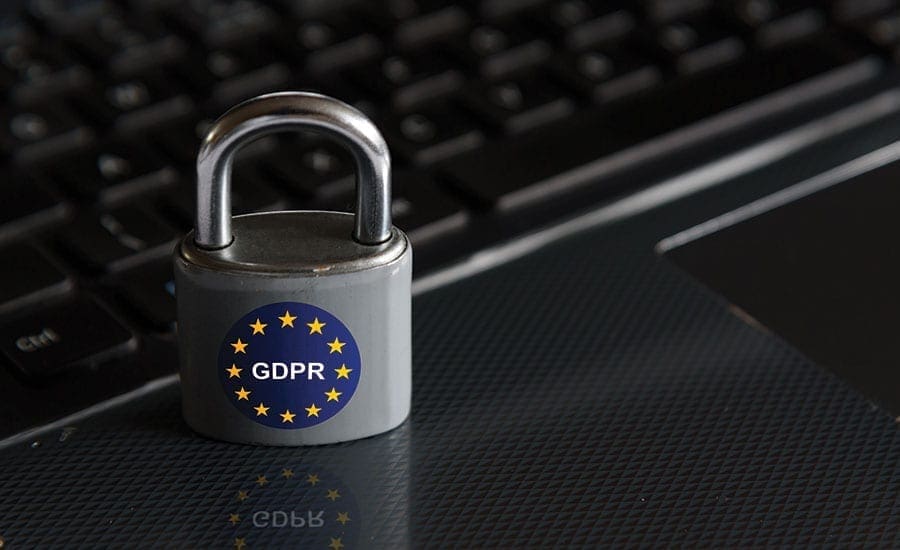As business leaders become increasingly conscious of the impact cybersecurity can have on business outcomes, they should harness increased support and take advantage of six emerging trends (listed below) to improve their enterprise’s resilience and elevate their own standing, according to Gartner, Inc.
- Senior business executives are finally becoming aware that cybersecurity has a significant impact on the ability to achieve business goals and protect corporate reputation. “Business leaders and senior stakeholders at last appreciate security as much more than just tactical, technical stuff done by overly serious, unsmiling types in the company basement,” says Peter Firstbrook, research vice president at Gartner. “Security organizations must capitalize on this trend by working closer with business leadership and clearly linking security issues with business initiatives that could be affected.”
- Legal and regulatory mandates on data protection practices are impacting digital business plans and demanding increased emphasis on data liabilities. “It’s no surprise that, as the value of data has increased, the number of breaches has risen too,” says Firstbrook. “In this new reality, full data management programs — not just compliance — are essential, as is fully understanding the potential liabilities involved in handling data.”
- Security products are rapidly exploiting cloud delivery to provide more agile solutions.“Avoid making outdated investment decisions,” advises Firstbrook. “Seek out providers that propose cloud-first services, that have solid data management and machine learning (ML) competency, and that can protect your data at least as well as you can.”
- Machine learning is providing value in simple tasks and elevating suspicious events for human analysis. Gartner predicts that by 2025, machine learning will be a normal part of security solutions and w3ill offset ever-increasing skills and staffing shortages. But buyer beware, says Firstbrook: “Look at how ML can address narrow and well-defined problem sets, such as classifying executable files, and be careful not to be suckered by hype. Unless a vendor can explain in clear terms how its ML implementation enables its product to outperform competitors or previous approaches, it’s very difficult to unpack marketing from good ML.”
- Security buying decisions are increasingly based on geopolitical factors along with traditional buying considerations. Increasing levels of cyber warfare, cyber political interference and government demands for backdoor access to software and services have resulted in new geopolitical risks in software and infrastructure buying decisions, Gartner says. “It’s vital to account for the geopolitical considerations of partners, suppliers and jurisdictions that are vital to your organization,” says Firstbrook. “Include supply chain source questions in RFIs, RFPs and contracts” […] Read more »














ROLE DESCRIPTION
We are looking for a Membership Manager to join the company and take on one of the most opportunistic roles the industry has to offer. This is a role that allows for you to create and develop relationships with leading solution providers in the enterprise technology space. Through extensive research and conversation you will learn the goals and priorities of IT & IT Security Executives and collaborate with companies that have the solutions they are looking for. This role requires professionalism, drive, desire to learn, enthusiasm, energy and positivity.
Role Requirements:
Role Responsibilities:
Apex offers our team:
Entry level salary with competitive Commission & Bonus opportunities
Apex offers the ability to make a strong impact on our products and growing portfolio.
Three months of hands on training and commitment to teach you the industry and develop invaluable sales and relationship skills.
Opportunity to grow into leadership role and build a team
Extra vacation day for your birthday when it falls on a weekday
All major American holidays off
10 paid vacation days after training period
5 paid sick days
Apply Now >>